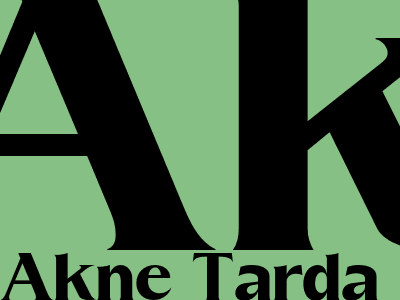Akne Tarda: A Comprehensive Guide to Understanding and Treating Adult Acne
Introduction
Akne tarda, also known as adult acne, is a common skin condition that affects individuals over the age of 25. Unlike teenage acne, which is primarily caused by hormonal changes during puberty, akne tarda has a more complex etiology involving multiple contributing factors. Understanding the causes, symptoms, and treatment options for akne tarda is crucial for achieving effective management.
Causes of Akne Tarda
Akne tarda is caused by a combination of factors, including:
- Hormonal imbalances: Androgens, such as testosterone, stimulate sebum production, which can lead to clogged pores and acne.
- Genetics: Certain individuals are more susceptible to acne due to genetic predisposition.
- Lifestyle factors: Stress, poor diet, and lack of sleep can worsen acne.
- Medications: Some medications, such as corticosteroids and lithium, can trigger acne outbreaks.
- Skincare products: Harsh or comedogenic skincare products can clog pores and contribute to acne.
Symptoms of Akne Tarda
Akne tarda typically manifests as:
- Blackheads: Open comedones that appear as black dots on the skin's surface.
- Whiteheads: Closed comedones that appear as small, flesh-colored bumps.
- Papules: Small, red, and tender bumps.
- Pustules: Papules that develop a white or yellow pus-filled center.
- Nodules: Large, painful, and deep-seated lesions.
- Cysts: Severe lesions that can cause scarring.
Treatment Options for Akne Tarda
Treatment for akne tarda depends on the severity and underlying causes of the condition. Common treatment options include:
- Topical treatments: Over-the-counter and prescription topical medications containing benzoyl peroxide, salicylic acid, or retinoids can help reduce inflammation and clear acne.
- Oral medications: Antibiotics, such as doxycycline and minocycline, can be used to treat moderate to severe acne.
- Hormonal therapy: Birth control pills or spironolactone can help regulate hormones and reduce acne in women.
- Isotretinoin: A powerful oral medication that is effective in treating severe, cystic acne.
- Lifestyle changes: Reducing stress, improving diet, and getting enough sleep can help improve acne symptoms.
Conclusion
Akne tarda is a common and manageable skin condition that can be effectively treated with proper medical care. Understanding the causes, symptoms, and treatment options for akne tarda is essential for individuals seeking to clear their skin and improve their overall well-being. Consulting with a dermatologist can help you develop a personalized treatment plan that addresses your specific needs and concerns.

Komentar